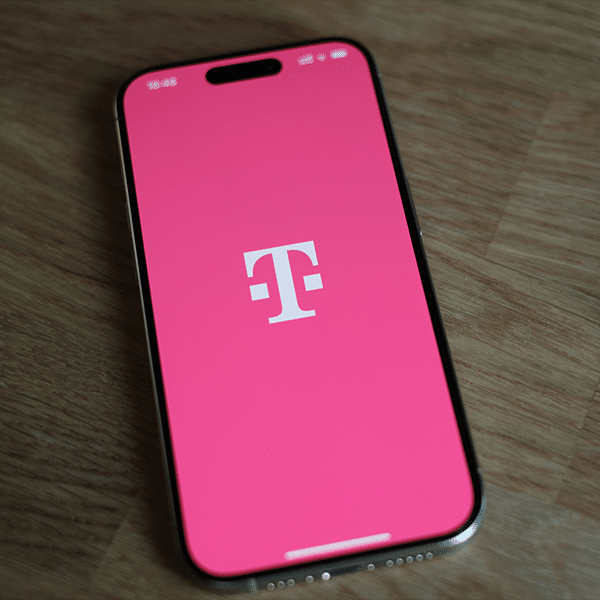 With 4G wireless dominating mainstream news headlines, it’s not surprising that 4G wireless announcements dominated opening day of the Consumer Electronics Show in Las Vegas on Thursday. Verizon CEO Ivan Seidenberg set the stage with a wireless-laden keynote speech, noting that today more than 2 billion Internet users and 5 billion wireless users constitute an unprecedented market for technology.
With 4G wireless dominating mainstream news headlines, it’s not surprising that 4G wireless announcements dominated opening day of the Consumer Electronics Show in Las Vegas on Thursday. Verizon CEO Ivan Seidenberg set the stage with a wireless-laden keynote speech, noting that today more than 2 billion Internet users and 5 billion wireless users constitute an unprecedented market for technology.
“The more we infuse consumer electronics with the power and intelligence of high-speed networks, the faster we’ll create new demand and accelerate the cycle of innovation and growth that drives the industry forward,” he said.
The company followed through on the theme of adding high-speed network connectivity to consumer electronics in announcements for several new products. These included LTE gaming applications enabled by components from Nvidia, a videocalling application from Skype that will come on several smartphones designed for use on Verizon’s LTE network, and a home monitoring offering from SerComm that uses an IP video camera in combination with LTE.
OnStar, whose automotive emergency offering runs over the Verizon network, also demonstrated new applications based on video and LTE at CES. These included applications to enable wireless users to check cameras in their home from their car, send live video to “the cloud” when an impact is detected and conduct a video chat from the car. But for now, OnStar said it has no specific plans to offer those applications commercially.
Some people may have been disappointed that Verizon did not have an announcement about an iPad for its LTE network. However Verizon did announce two MiFi products that enable up to five devices to share an LTE connection using WiFi, which means the carrier could now support the WiFi-enabled iPad on its LTE network, as it already does on its 3G network.
In addition, Verizon announced several tablet devices that work directly with its LTE network, less than a day after Sprint announced a tablet offering for its WiMax network. In addition, Verizon announced several smartphones and computers that work with LTE.
Until recently, the telecom press has used the term 4G to refer only to networks using LTE, which only Verizon has launched so far; and WiMax, which only Sprint and perhaps a small carrier or two have launched. But T-Mobile’s recent re-branding of its HSPA+ network as 4G could cause reporters to rethink their traditional nomenclature—especially now that AT&T has announced its plan to follow T-Mobile’s lead in using the term 4G for HSPA+.
AT&T’s announcement, timed to coincide with the CES show, had a twist however. The carrier wrapped the HSPA+ re-naming in with an announcement about the timeline for its LTE rollout, positioning both LTE and HSPA+ as 4G services. AT&T said its LTE network is now scheduled to be “largely completed” by the end of 2013. The company also announced a plan to boost the speeds of its HSPA+ network through a wide-scale deployment of Ethernet and fiber backhaul, noting that HSPA+ “enables 4G speeds when combined with Ethernet or fiber backhaul.”
In the announcement, AT&T Chairman and CEO Randall Stephenson said, “The key to delivering a true 4G experience is to have the combination of network, devices and applications, which together will give our customers the best and most advanced mobile broadband experience—today and tomorrow.”
AT&T also announced a range of new devices which operate on its HSPA+ network—and T-Mobile added a tablet to its HSPA+ offerings. T-Mobile also announced plans to double the speed of its HSPA+ network, or as they like to call it, ‘America’s Largest 4G Network,’ to theoretical download speeds of 42 Mb/s. Actual speeds will certainly be much slower.


